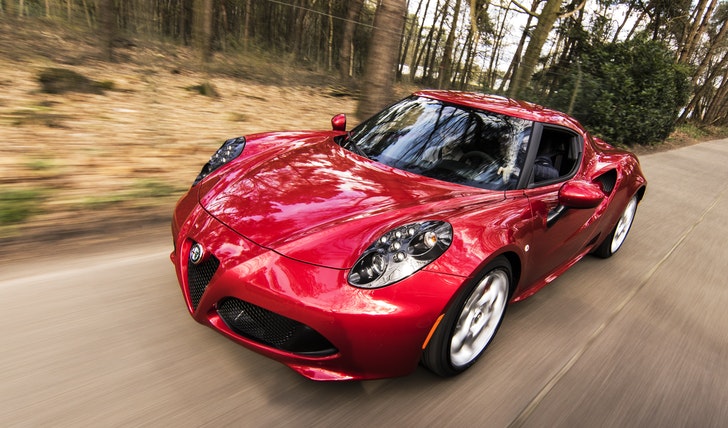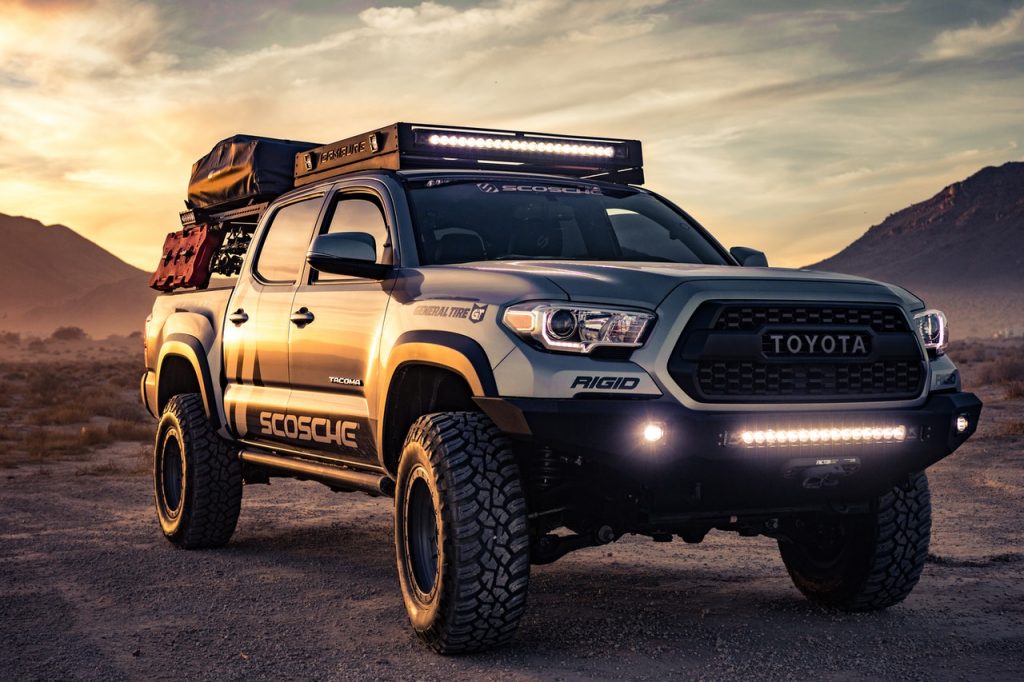Consumers make significant investments in their automobiles and vehicles. In reality, travel expenditures account for almost 16% of the typical American’s entire expenditure, combining car costs and gasoline. That puts this the second-largest spend behind accommodation, but even before incidental expenses such as food, schooling, and pension benefits.

The magnitude of the cost may make car purchasing daunting. That can be particularly for new, first-time purchasers.
Those with less solid credit records as well as fewer funds. During the same time span, these increased prices have outpaced inflationary pressures. They are the result of a pandemic-related manufacturing slowdown, as well as pent-up customer needs and a worldwide microprocessor scarcity.
What Is the Best Place to Begin the Car-Buying Procedure?
The very first stage for a prospective buyer is to identify the type of vehicle they require. You also need to have a look at their cost estimate. Choosing necessitates consideration. A compact sports automobile may be appropriate for a young individual or couple. However, if you are planning to start a family, that might not be a good choice.
A huge SUV may be ideal for campers and long drives with buddies. It is unlikely to be enjoyed whenever it comes to filling up the tank. Also, when paying premiums, locating parking spots, etc. Consider your real demands as well as the length of your trip. Also, how much you really have to haul, and also whether you prefer to drive and might prefer something sports car.

Try not to go overboard too much — you can certainly get by on a smart car for the majority of your requirements. You should only acquire anything larger either once or two times per year if you absolutely want it.
Which Car Should You Buy?
Crossovers, tall cars modeled on passenger vehicles with an unpadded portion instead of a closed rear, are now preferred by approximately half of the automobile buyers. The main names include something of a station wagon and SUV etc. Crossovers combine the majority of a typical car’s economy and driving attributes. That too, with a few of them with foul-weather characteristics of four-wheel driving SUVs.

Nevertheless, provided you don’t require a high driving posture and infrequently drive in severe snow, a standard automobile may be a better option. Vehicles, whether sedans, coupes, convertibles, or station wagons, are lighter. They also have less center of gravity, unlike crossovers, therefore helping with handling. These are quite efficient as well.
The Best Way To Pay for A Car?
Buying an automobile altogether – sometimes known as spending upfront for the car, although it is more likely to entail a cashier’s cheque or bank card instead of a real bundle of money – allows buyers to skip monthly bills and hundreds of dollars in interest. However, it isn’t for everyone.
Many consumers simply do not have the funds, and dealerships profit from leasing and become less willing to haggle on price with cash purchasers. The best way is to pay upfront to avoid any hidden charges.

